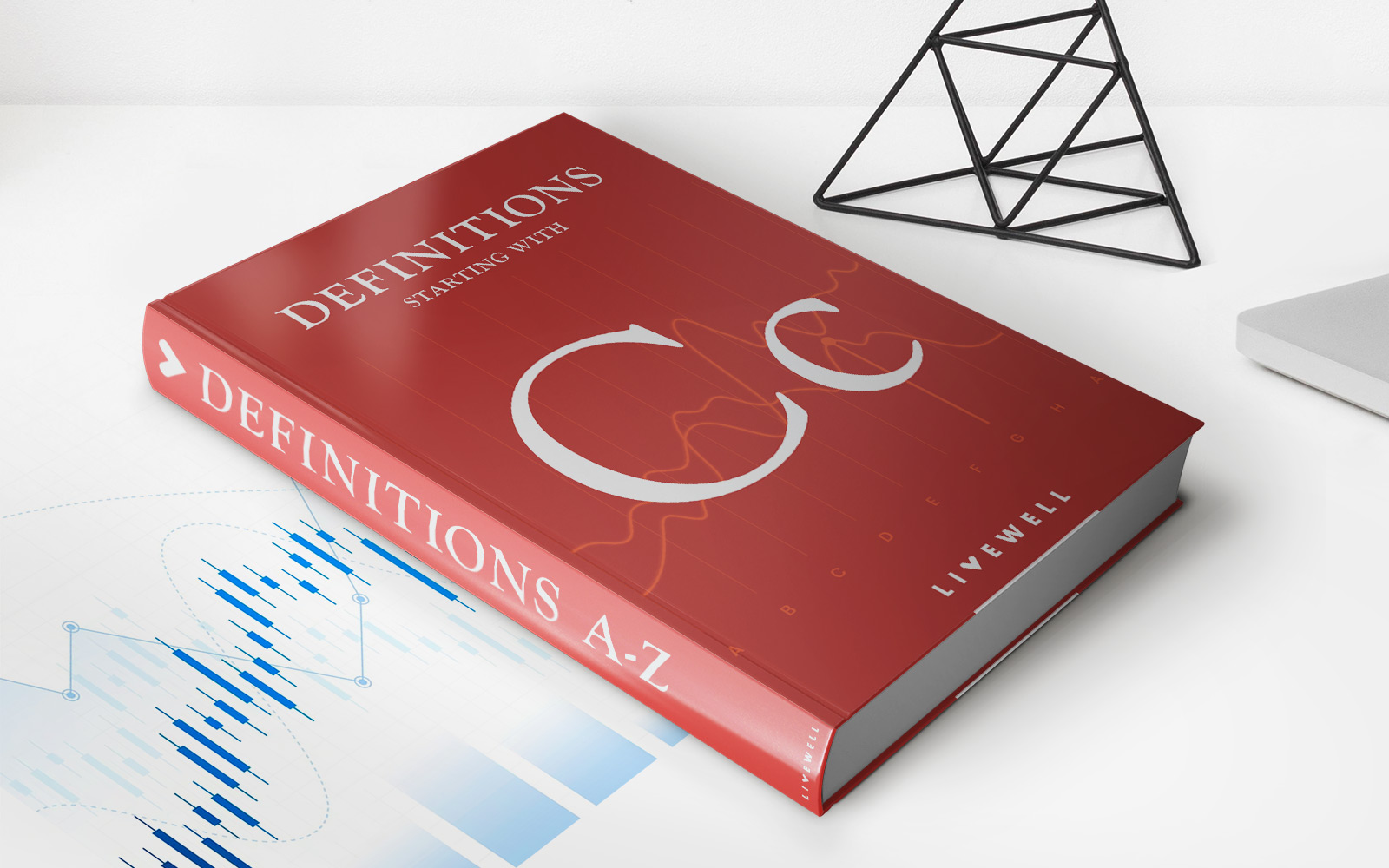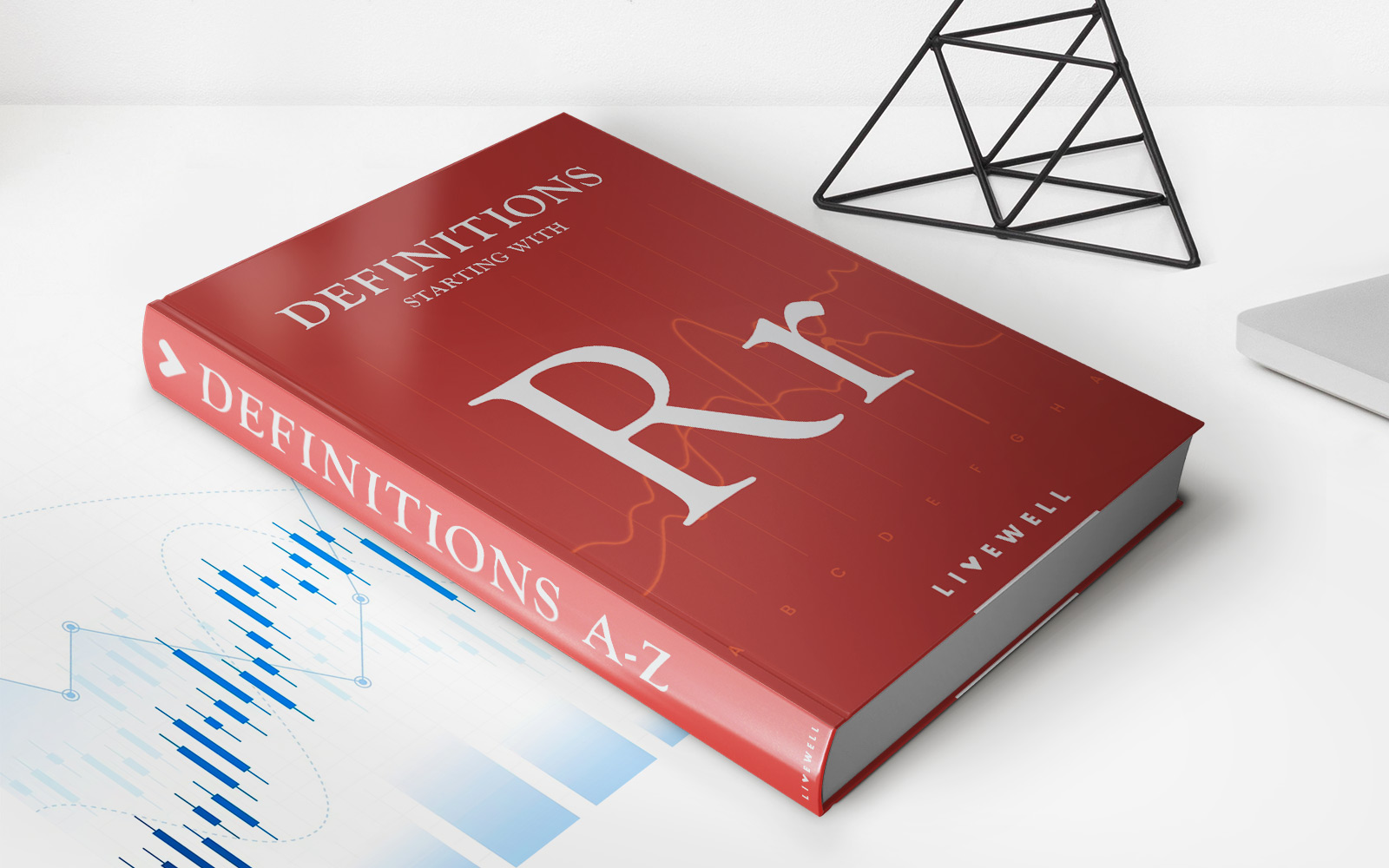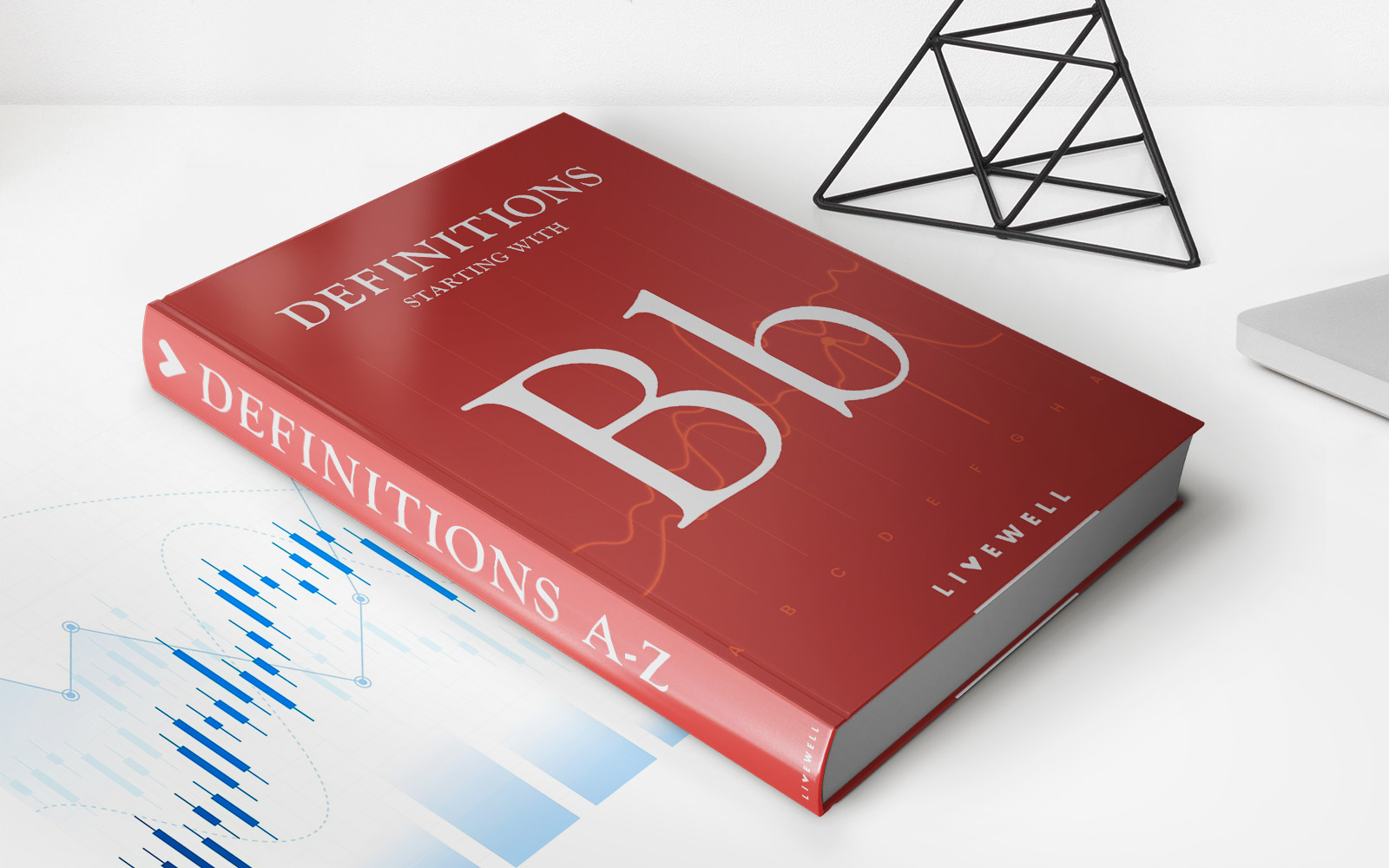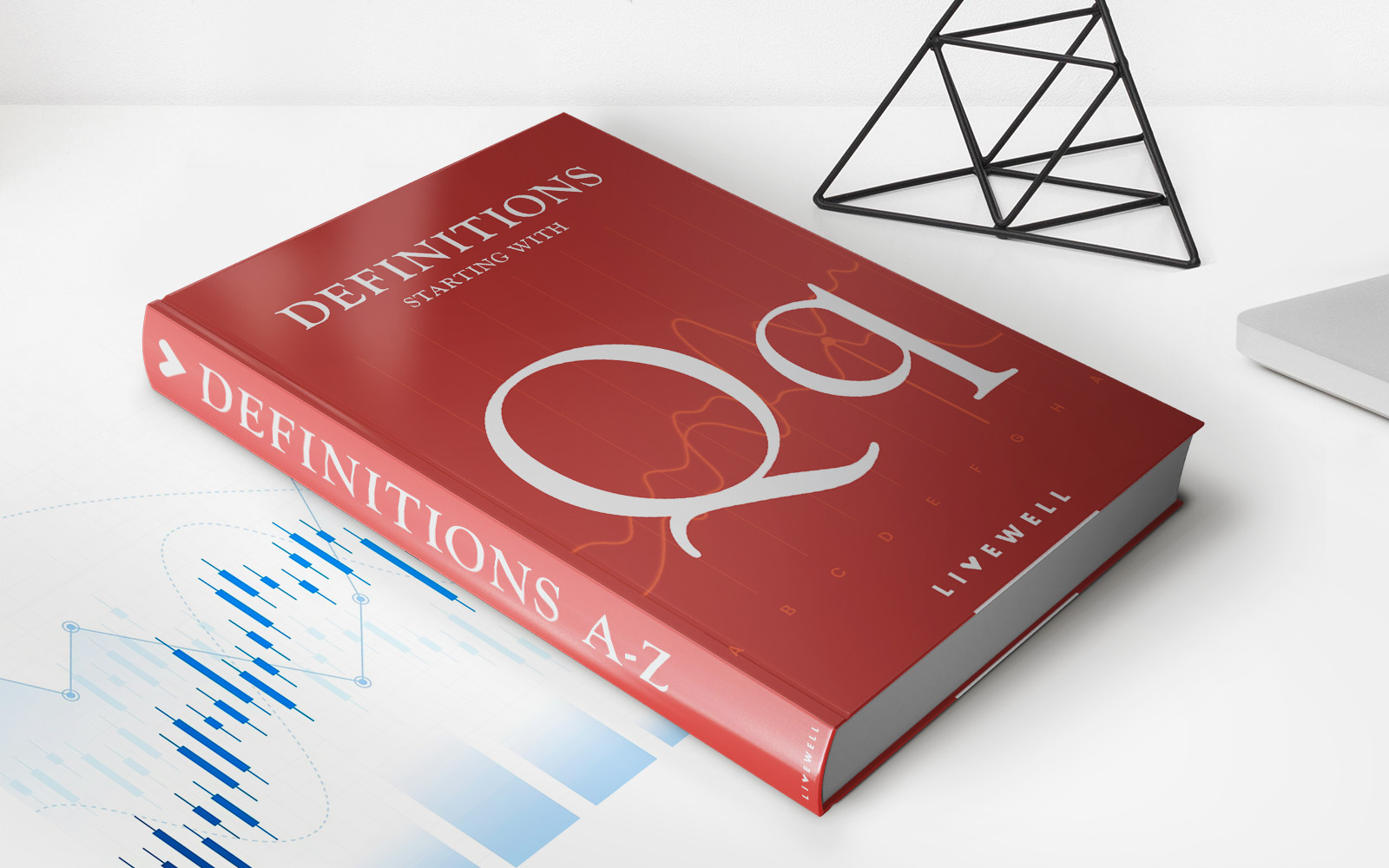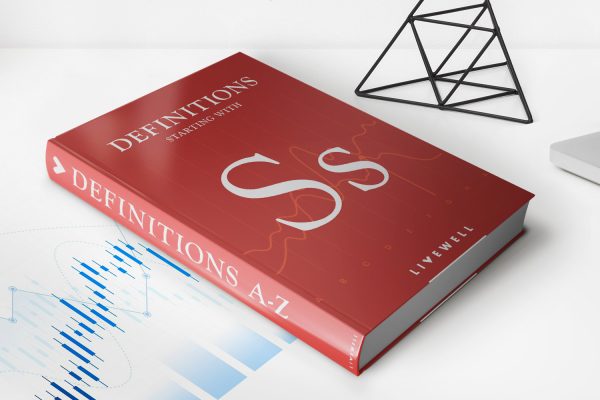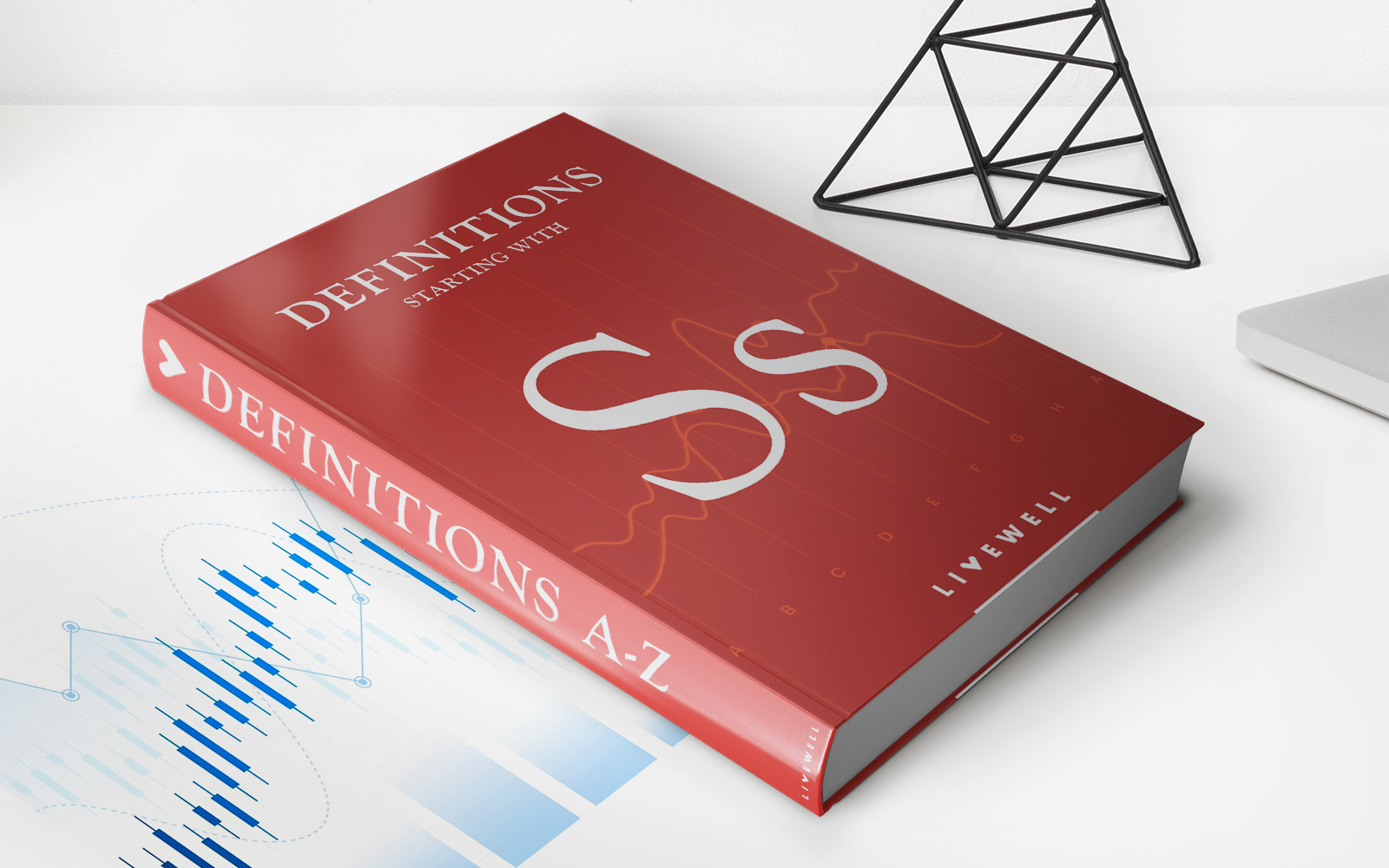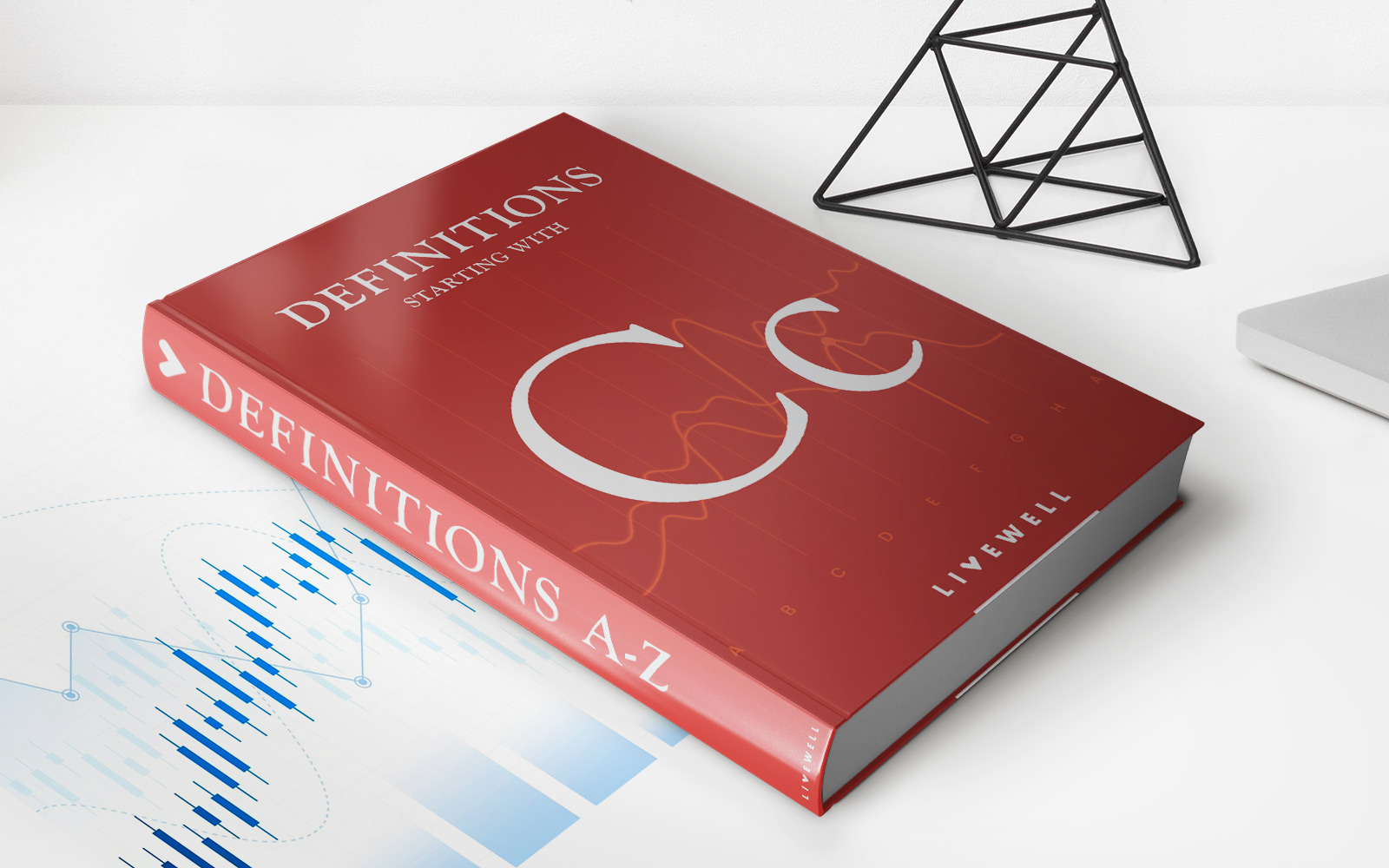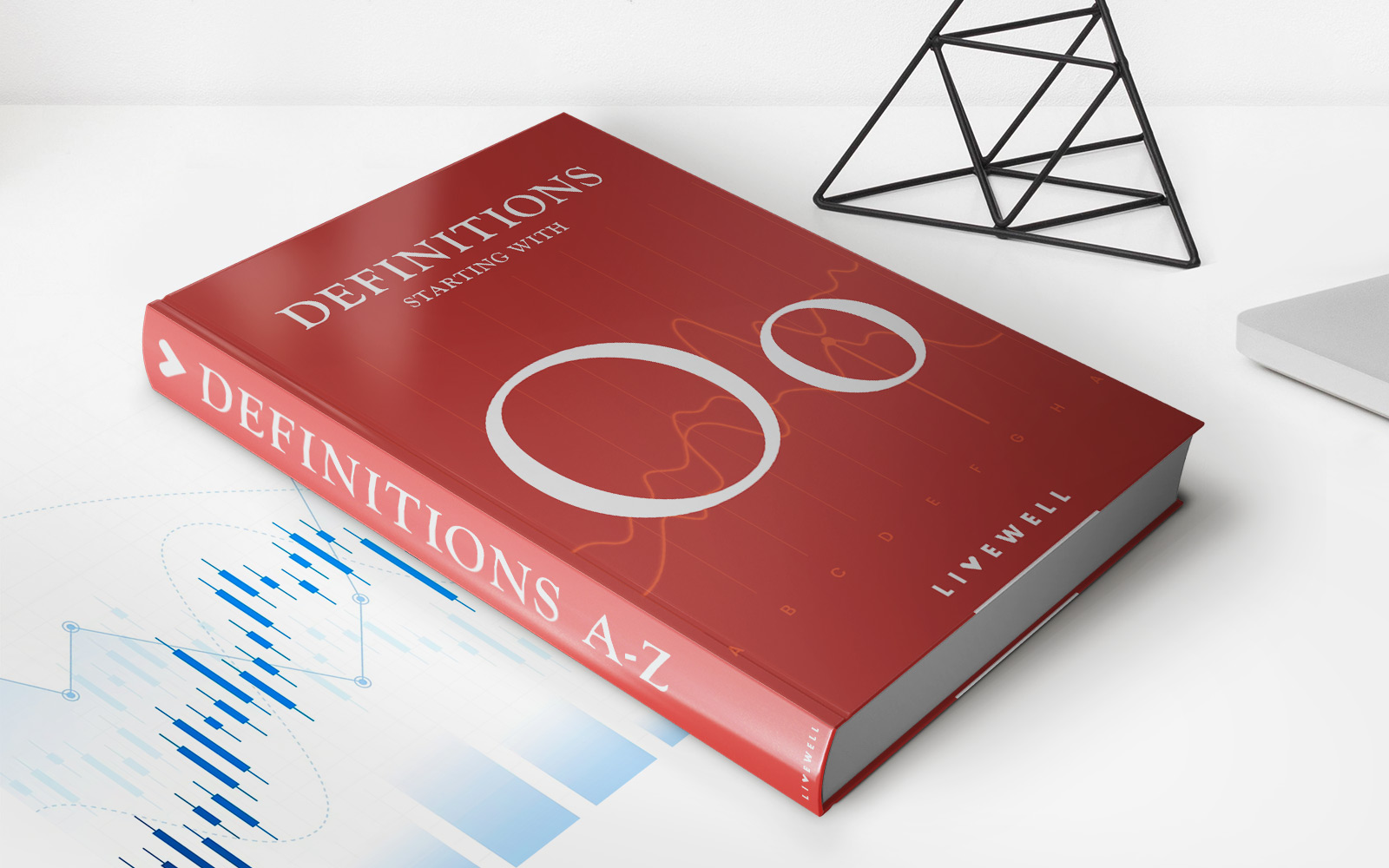Home>Finance>Long Straddle: Definition, How It’s Used In Trading, And Example
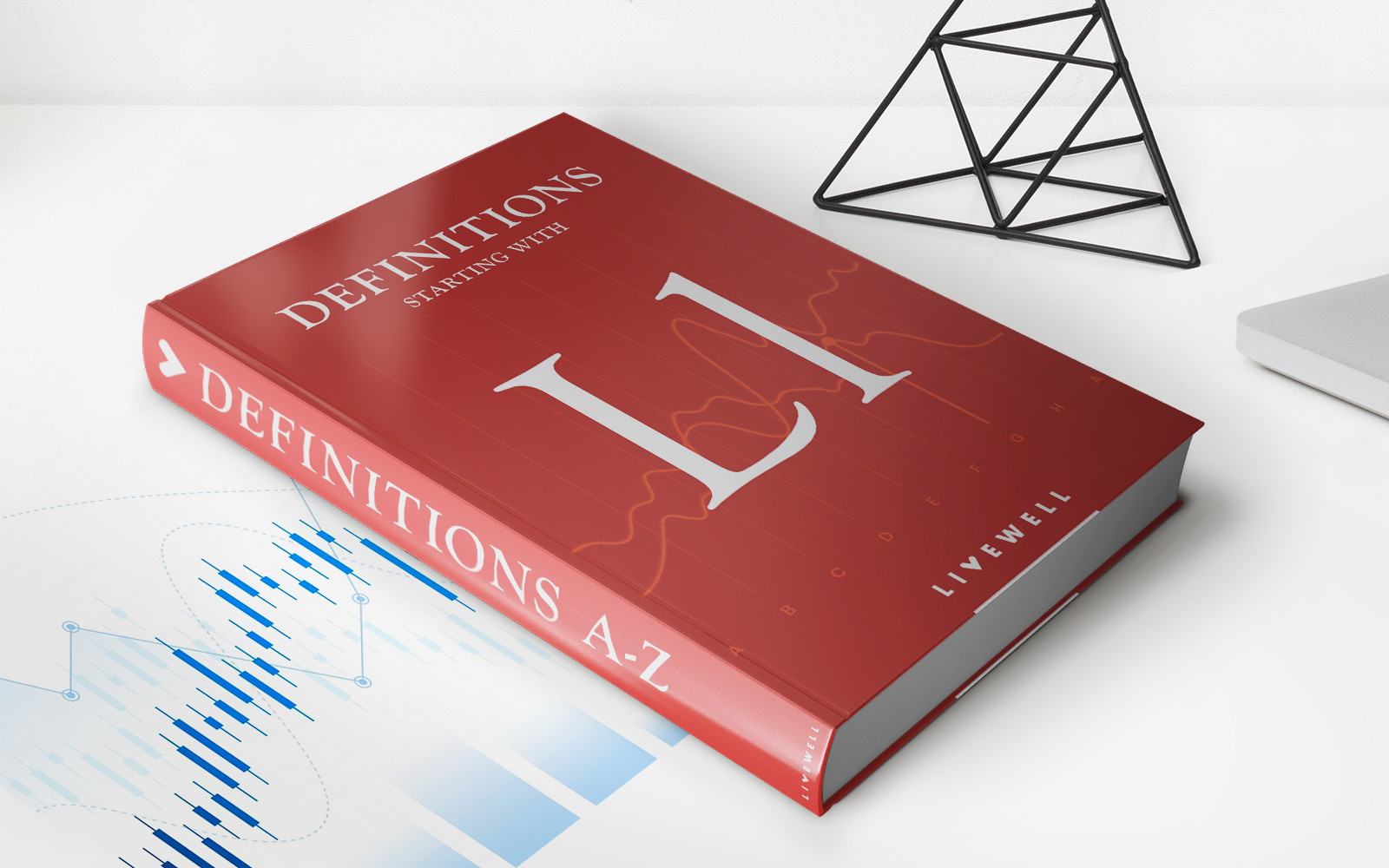

Finance
Long Straddle: Definition, How It’s Used In Trading, And Example
Published: December 20, 2023
Learn about long straddle in finance - its definition, how it's used in trading, and see an example. Expand your knowledge in the world of finance.
(Many of the links in this article redirect to a specific reviewed product. Your purchase of these products through affiliate links helps to generate commission for LiveWell, at no extra cost. Learn more)
Long Straddle: Definition, How It’s Used in Trading, and Example
Welcome to our blog post on long straddle, an important concept in the world of finance and trading. In this article, we will define what a long straddle is, explain how it is used in trading, and provide an example to help you understand it better. So, let’s dive in!
Key Takeaways:
- A long straddle is an options strategy that involves buying both a call option and a put option with the same strike price and expiration date.
- This strategy is typically used when traders expect a significant price movement in the underlying asset but are unsure about the direction of the movement.
Before we delve deeper into long straddle, let’s first understand its definition. In options trading, a long straddle is an advanced strategy where a trader simultaneously purchases a call option and a put option on the same underlying asset, with the same strike price and expiration date.
The purpose of employing a long straddle strategy is to capitalize on significant price movements in the underlying asset. This strategy is particularly useful when traders anticipate a high degree of price volatility but are uncertain about the direction of the movement. By using both a call option and a put option, traders have the opportunity to profit regardless of whether the price goes up or down.
Now, let’s imagine a scenario to better illustrate how a long straddle works. Suppose Company XYZ is set to announce its quarterly earnings soon, and you expect the announcement to create a significant impact on the stock price. However, you are unsure whether the stock will rise or fall after the announcement. In this case, you can set up a long straddle by purchasing both a call option and a put option on Company XYZ with the same strike price and expiration date.
If the stock price rises after the earnings announcement, the call option will generate a profit, offsetting any potential loss on the put option. Conversely, if the stock price falls, the put option will generate a profit, again offsetting any potential loss on the call option. In either scenario, if the movement in the stock price is significant enough, the profits on one option can outweigh the losses on the other, resulting in an overall profit.
Here are a couple of key takeaways to summarize the main points:
- A long straddle involves buying both a call and put option on the same underlying asset.
- It is used when traders anticipate significant price volatility but are unsure about the direction of the movement.
To conclude, a long straddle is a powerful strategy that provides traders with the flexibility to profit from significant price movements, regardless of the direction. However, like any trading strategy, it comes with risks and requires careful analysis and decision-making. If executed correctly in the right market conditions, a long straddle can be a valuable tool for traders seeking to maximize their potential gains.

